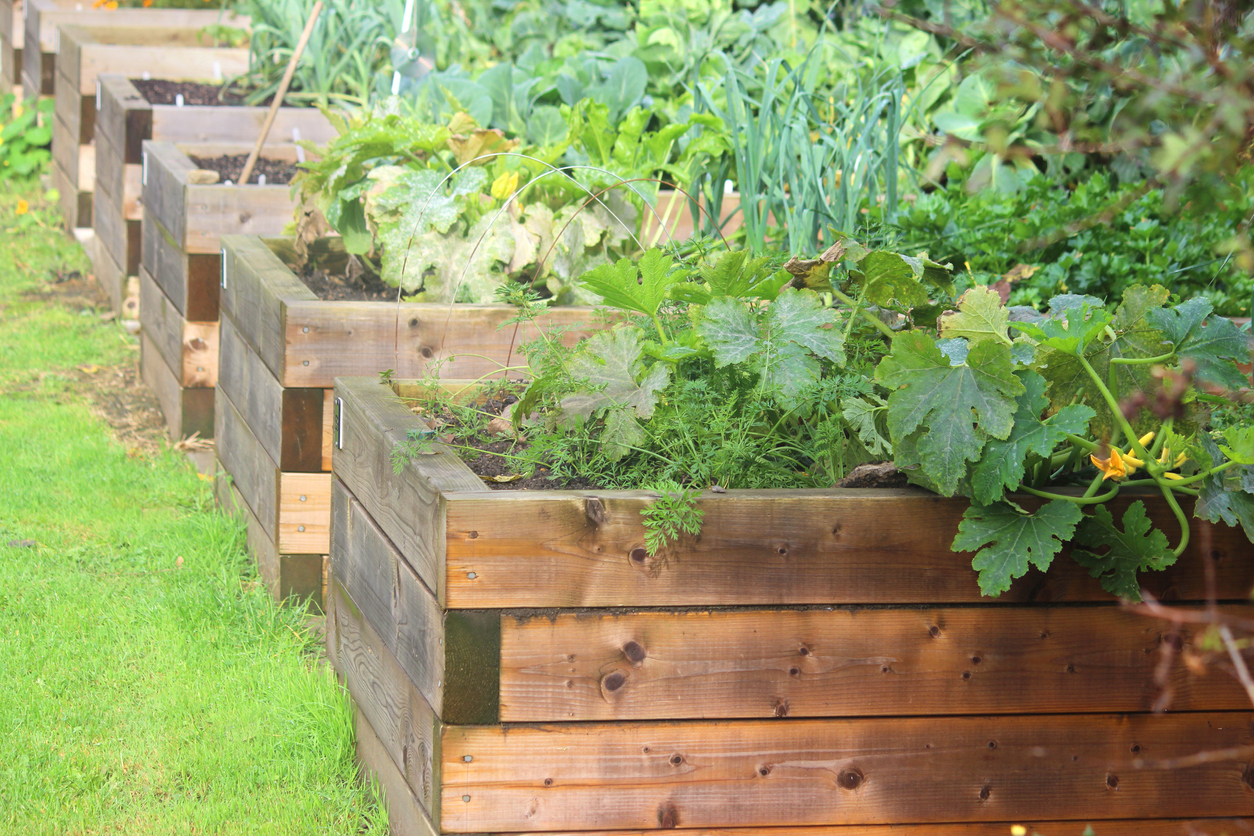Oh! Spring! How do I love thee? Let me count the ways. Actually, no. I won’t scare you off with bad takes on a sonnet. I will, however, share with you how much I love planning my spring companion planting strategy.
There’s a lot to love about gardening. I enjoy digging my hands into the warm soil, the excitement of those first seedlings coming up, and watching eggplants and zucchini and tomatoes all appear from tiny buds. I love watching the bees and butterflies landing on the flowers and the way the basil perks up after it rains.
There are some things I don’t love, as well. I don’t like finding that pests are eating away at my squash. I don’t like the idea of spraying my garden with pesticides, as they can often harm the beneficial insects, too. To be honest, I’d really rather not deal with pests at all if I can help it. (I know that’s unlikely, but a girl can dream!)
And that, my friends, is why I like working on my spring companion planting layout. Companion planting can help keep pests away from vulnerable vegetables. Companion plants can also help each other with water needs and even sunlight requirements.
Here are some of the companion plant pairings I’ve found helpful.
Discover 10 top tips for growing, harvesting, and enjoying fruits, vegetables, herbs and more from your home garden—when you access the FREEBIE How to Grow a Vegetable Garden, right now!
Garden buddies: Your spring companion planting guide
1. Beets and onions. Onions help deter several pests, from rabbits to aphids.
2. Carrots and rosemary. Carrots and rosemary both like sandy soil, and rosemary can deter the carrot fly. Plus, caramelized carrots with rosemary is a dream on the dinner plate. Carrots are also good with tomatoes, as they help loosen the soil so tomato roots can grow deep into the ground.
3. Corn and beans. Add squash to this, and you have one of the most famous vegetable trios ever. Beans fix nitrogen in the soil, while corn gives a supportive structure for beans to climb. When you add in squash, you have moisture retention built right in.
4. Cucumbers and nasturtiums. Nasturtiums, which are delightful edible flowers, attract aphids. While it seems silly to try attracting aphids to your garden, it’s actually a great way to draw them away from other vegetables like cucumbers. They also attract pollinators and beneficial insects, like ladybugs and hoverflies, which eat aphids and other pests.
5. Kale and garlic. First, I should say this might be cheating a little if we’re talking specifically about spring companion planting. You can plant garlic in the late fall for a spring harvest. So this might be more like a fall and spring companion planting mash-up. In any case, garlic can repel Japanese beetles and cabbage loopers. As a side note, put these two in a frying pan with some olive oil, salt, and pepper, and you’re in food heaven.
6. Lettuce and mint. Mint helps repel slugs, so you definitely want some of this delicious herb around your garden.
7. Peas and mint. Mint is kind of a wonder. That’s why it’s in here a second time. It repels aphids, cabbage moths, and even larger pests like mice. It attracts earthworms, hoverflies, and pollinators. And some gardeners swear that it makes your peas taste better. It certainly makes your garden smell good! And you can use it in so many recipes, from mint ice tea to mint ice cream to tabouli. Be warned, however, that mint will take over your garden if you aren’t careful.
8. Peppers and oregano. As you’re planning your spring companion planting, know that oregano is a friend to most garden vegetables. You and I might love oregano, but most pests stay away from it.
9. Potatoes and catmint. Catmint helps repel Colorado potato beetles. It’s also a quite hardy herb.
10. Tomatoes and basil. This is a classic pairing, both in the kitchen and in the garden. Basil helps deter several harmful pests, including the infamous tomato hornworm.
What plants have you grown together as garden companions?
Discover 10 top tips for growing, harvesting, and enjoying fruits, vegetables, herbs and more from your home garden—when you access the FREEBIE How to Grow a Vegetable Garden, right now!

One reply on “10 Spring Companion Planting Ideas”
what are dimensions of pictured (first picture in article). raised planters?